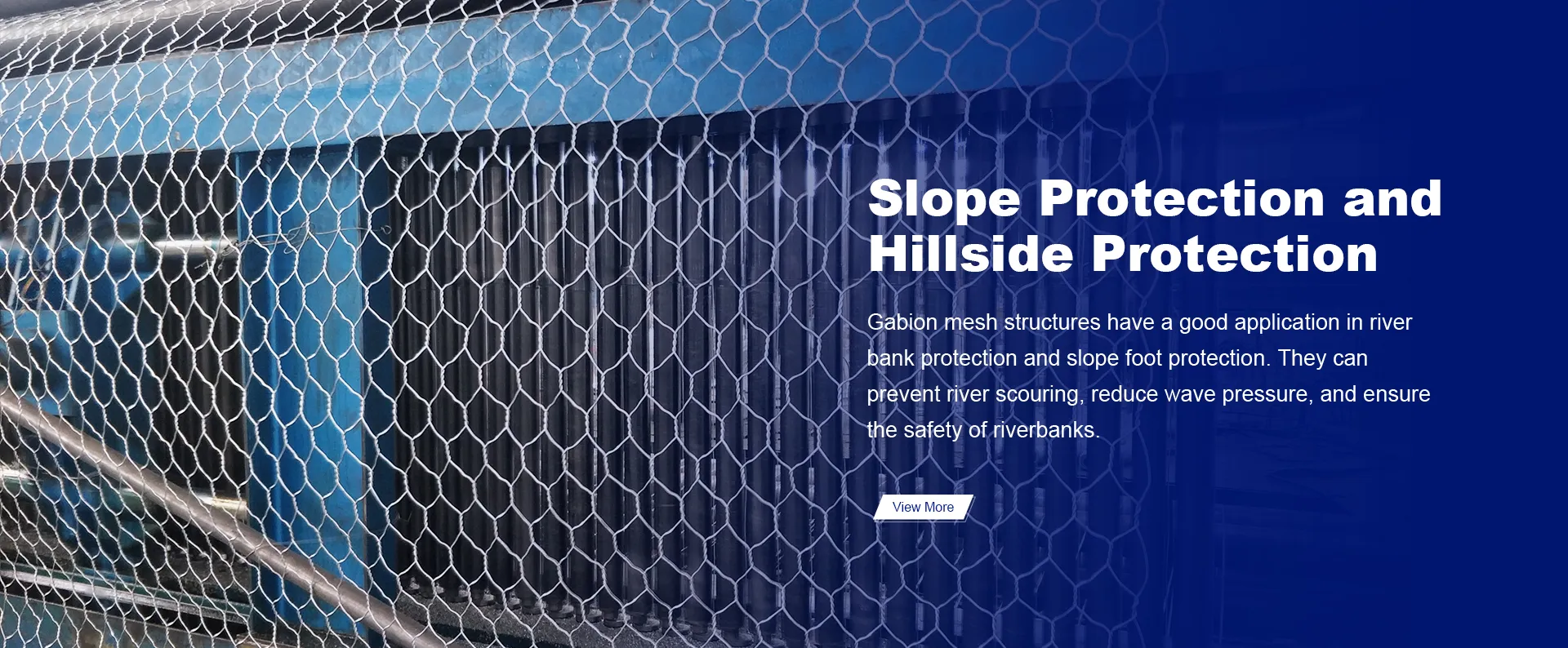-
 Phone:
Phone: -
 Email:
Email:

chain link fence repair
Chain Link Fence Repair A Comprehensive Guide
Chain link fences are a popular choice for homeowners and businesses alike due to their durability, low maintenance requirements, and cost-effectiveness. However, like any other structure, they may require repair over time due to wear and tear, weather conditions, or accidental damage. In this article, we will explore the common issues associated with chain link fences and provide a step-by-step guide to help you carry out effective repairs.
Common Issues with Chain Link Fences
1. Rust and Corrosion One of the most common problems with chain link fences is rust, especially in areas with high humidity or where the fence is in contact with the ground. Rust can weaken the metal links and lead to structural instability.
2. Detached Panels Over time, chain link panels can become detached from the posts due to shifts in the ground, severe weather, or poor installation. This can create gaps that compromise security.
3. Bent or Damaged Posts Chain link fence posts can be bent or damaged by heavy impacts, harsh weather conditions, or gradual erosion of the soil around them.
4. Missing or Damaged Tension Wire Tension wire is essential for maintaining the shape of the fence. If it's broken or missing, the fence may sag or become unstable.
5. Holes in the Chain Link Animals, weather, or external forces can create holes in the chain link fabric, compromising security and aesthetic appeal.
Tools and Materials Needed for Repair
Before beginning your repair project, gather the necessary tools and materials
- Pliers or wire cutters - Wrenches and other hand tools - Replacement chain link fabric - Replacement posts, if necessary - Tension wire - Fence ties - Rust-resistant paint or protective coating - Safety gear (gloves and goggles)
Step-by-Step Repair Guide
Step 1 Assess the Damage
Start by inspecting your fence thoroughly. Identify areas that need repair and evaluate the extent of the damage. Take notes and determine whether you will need to replace sections of the fabric, posts, or tension wire.
Step 2 Remove Rust and Corrosion
chain link fence repair

If you find any rust on the fence, use a wire brush or sandpaper to remove the rusted areas. Be careful not to damage the surrounding metal. Once you’ve removed the rust, apply a rust-inhibiting primer or paint to protect the area from future corrosion.
Step 3 Repairing Detached Panels
For panels that have become detached, locate the points where they connect to the posts. If the connection points are damaged, you may need to replace the fence ties or use new bolts to secure them properly. Ensure that the panels are level and tightly secured to prevent future detachment.
Step 4 Replacing Damaged Posts
If you find that posts are bent or broken, remove the damaged post by digging it out of the ground. Install a new post by placing it in the hole and adding concrete for stability. Ensure the post is level before allowing it to set.
Step 5 Fixing Tension Wires
Check the tension wire at the bottom of the fence. If it is loose or damaged, cut it and replace it with a new tension wire. Use wire ties to secure it tightly against the chain link fabric.
Step 6 Repairing Holes in Chain Link Fabric
For small holes, you can use a patch of spare chain link fabric. Cut a piece that is slightly larger than the hole and use wire ties to attach it securely. For larger holes or significant damage, it may be more beneficial to replace the entire section of chain link.
Step 7 Final Inspection
After completing the repairs, do a final inspection of the entire fence. Check for any loose ties, posts, or sections that may need additional tightening. This step ensures that your fence is secure and functional.
Maintenance Tips to Prevent Future Damage
To prolong the life of your chain link fence and reduce the need for repairs, it's essential to perform regular maintenance. Here are some tips
- Regular Inspections Check your fence at least once a year for any signs of wear, rust, or damage. - Keep it Clean Remove any debris or vegetation that may be growing through or leaning against the fence. - Repaint as Needed Touch up rust spots with rust-resistant paint to keep the metal protected. - Tighten Fasteners Periodically check and tighten all fasteners and ties to ensure everything remains secure.
In conclusion, repairing a chain link fence does not have to be a daunting task. With the right tools and a little DIY spirit, you can restore your fence to its former glory. Regular maintenance will also help minimize future repairs, ensuring that your chain link fence remains a reliable barrier for years to come.
-
Wire Mesh for Every Need: A Practical SolutionNewsJul.25,2025
-
Steel Fences: Durable, Secure, and Stylish OptionsNewsJul.25,2025
-
Roll Top Fencing: A Smart Solution for Safety and SecurityNewsJul.25,2025
-
Cattle Farm Fencing Solutions for Maximum SecurityNewsJul.25,2025
-
Affordable Iron Binding Wire SolutionsNewsJul.25,2025
-
Affordable Galvanized Wire SolutionsNewsJul.25,2025
-
Wire Hanger Recycling IdeasNewsJul.25,2025








